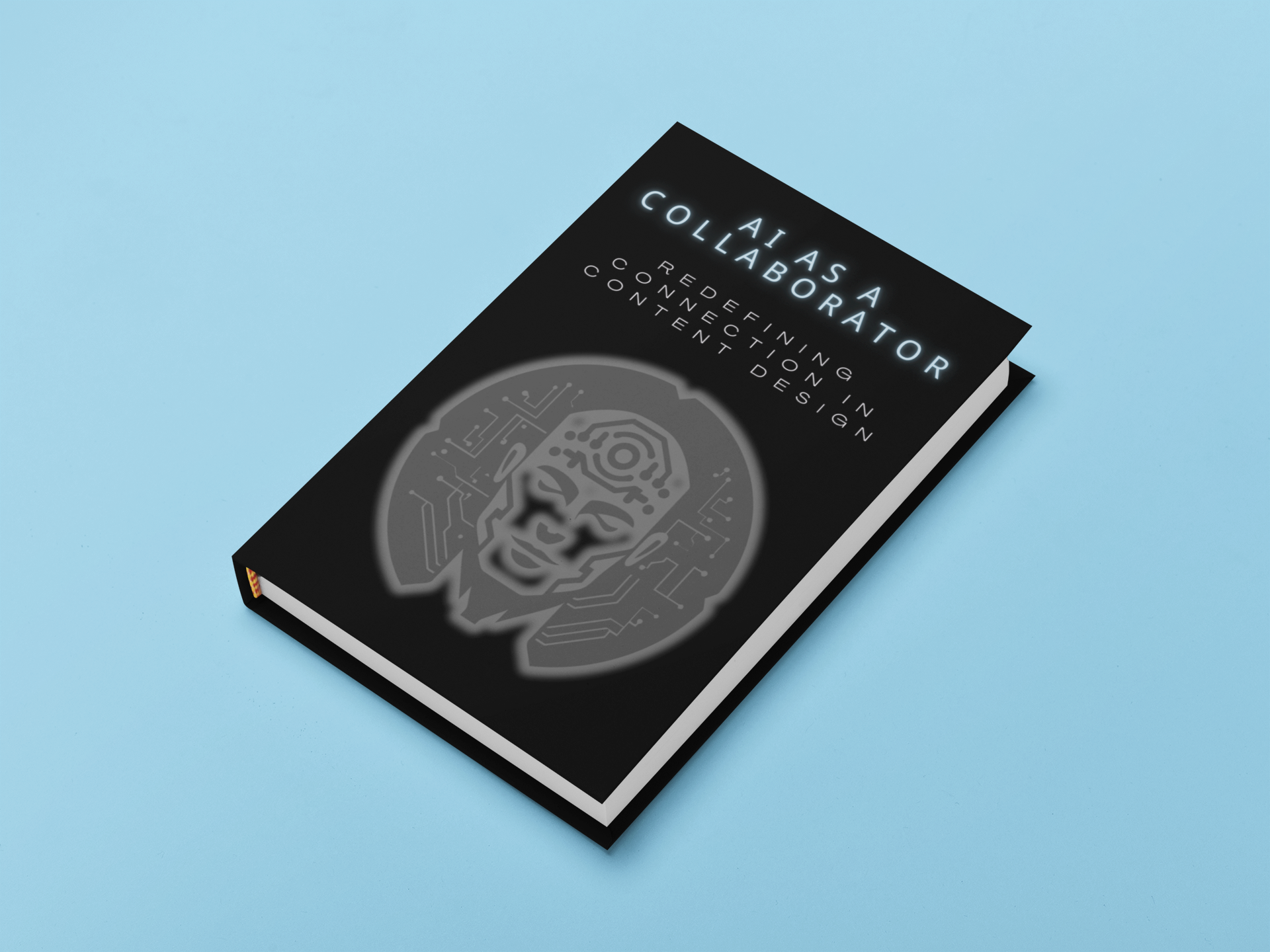
AI as a collaborator: Redefining connection in content design
Ian Richards
- Ian Richards
- January 10, 2025
- 1:27 am
- 2 Comments
AI as a Collaborator: Redefining connection in content design
For decades, we’ve thought of technology as a tool—something we wield to make our lives easier, faster, and more efficient. But what happens when the “tool” becomes a collaborator? What if AI wasn’t just something we used, but something we worked with?
This isn’t a sci-fi scenario. It’s the reality many of us in content design are grappling with right now. AI is no longer a distant concept or a trend to keep an eye on. It’s here, and it’s changing the way we create, connect, and think about our roles.
But to embrace AI as a collaborator, we need to redefine what collaboration even means.
The nature of collaboration
Collaboration is about more than sharing tasks. It’s about shared goals, mutual growth, and the interplay of strengths and weaknesses. In human collaboration, we value diverse perspectives – the creative thinker paired with the detail-oriented planner, or the strategist working alongside the storyteller.
So, what does it mean to collaborate with something that isn’t human?
AI doesn’t have intuition. It doesn’t have emotion, creativity, or lived experience. But it does have speed, precision, and the ability to process vast amounts of data in ways we can’t. AI’s strengths aren’t a threat to ours—they’re complementary. And that’s where the magic happens: when we stop seeing AI as a replacement and start seeing it as a partner.
The fear and the promise
Let’s address the elephant in the room: fear.
For many, the rise of AI sparks anxiety. Will it take our jobs? Replace creativity with cold, calculated outputs? Make us less human?
These fears aren’t unfounded. But they miss the bigger picture. AI, like any tool, reflects the intent of its user. It doesn’t decide how it’s used – we do. And when used thoughtfully, AI doesn’t diminish humanity; it enhances it.
The fear: Losing creativity.
The promise: Using AI to break creative blocks, generate new perspectives, and push boundaries we didn’t know existed.
The fear: Losing control.
The promise: AI thrives on structure. It doesn’t replace strategy—it follows it, making us better strategists in the process.
The fear: Losing connection.
The promise: When paired with human intuition, AI helps us connect on deeper levels by personalizing content and amplifying empathy-driven design.
AI as a mirror and a muse
One of the most fascinating aspects of working with AI is how it reflects back our own biases, assumptions, and limitations.
When you prompt an AI, you’re not just asking it to generate something—you’re teaching it about your perspective. The output often reveals as much about you as it does about the AI’s capabilities. In this way, AI acts as a mirror, showing us the strengths and blind spots in our own thinking.
At the same time, AI can be a muse. Its ability to suggest unexpected solutions or synthesize disparate ideas can spark creativity in ways we might never achieve alone. It’s not about replacing the artist but inspiring the art.
Practical collaboration
Collaboration with AI doesn’t require grand gestures or futuristic workflows. It starts small:
Asking the right questions: AI thrives on clear prompts. The better we articulate our needs, the better it performs.
Embracing iteration: Think of AI as a brainstorming partner, not the final decision-maker. Its first draft is just the beginning.
Balancing automation and intuition: Let AI handle the repetitive tasks so you can focus on what requires human insight.
For example, in content design, AI can generate variations of microcopy, analyze sentiment, or surface user insights from mountains of data. But it’s up to us to refine, interpret, and make those insights resonate with real people.
The philosophical shift
Collaborating with AI requires a shift in perspective. It challenges us to rethink the boundaries of creativity, the definition of intelligence, and even the nature of connection.
Is connection only meaningful when it’s human-to-human? Or can it exist between a person and a machine? And if so, what does that mean for the future of content design?
These aren’t just abstract questions—they’re the foundation for how we move forward. As we integrate AI into our workflows, we’re not just adopting a new tool. We’re redefining what it means to create, to collaborate, and to connect.
Let’s talk about it
This isn’t a one-sided conversation. AI in content design is new, exciting, and a little messy. Whether you’re a skeptic, an enthusiast, or somewhere in between, your perspective matters.
That’s why we’re hosting bi-weekly discussions to dive into these questions and explore the possibilities together. Join us as we tackle the fear, the promise, and the future of AI in content design.
Let’s shape this future—together. And let’s continue the conversation here.
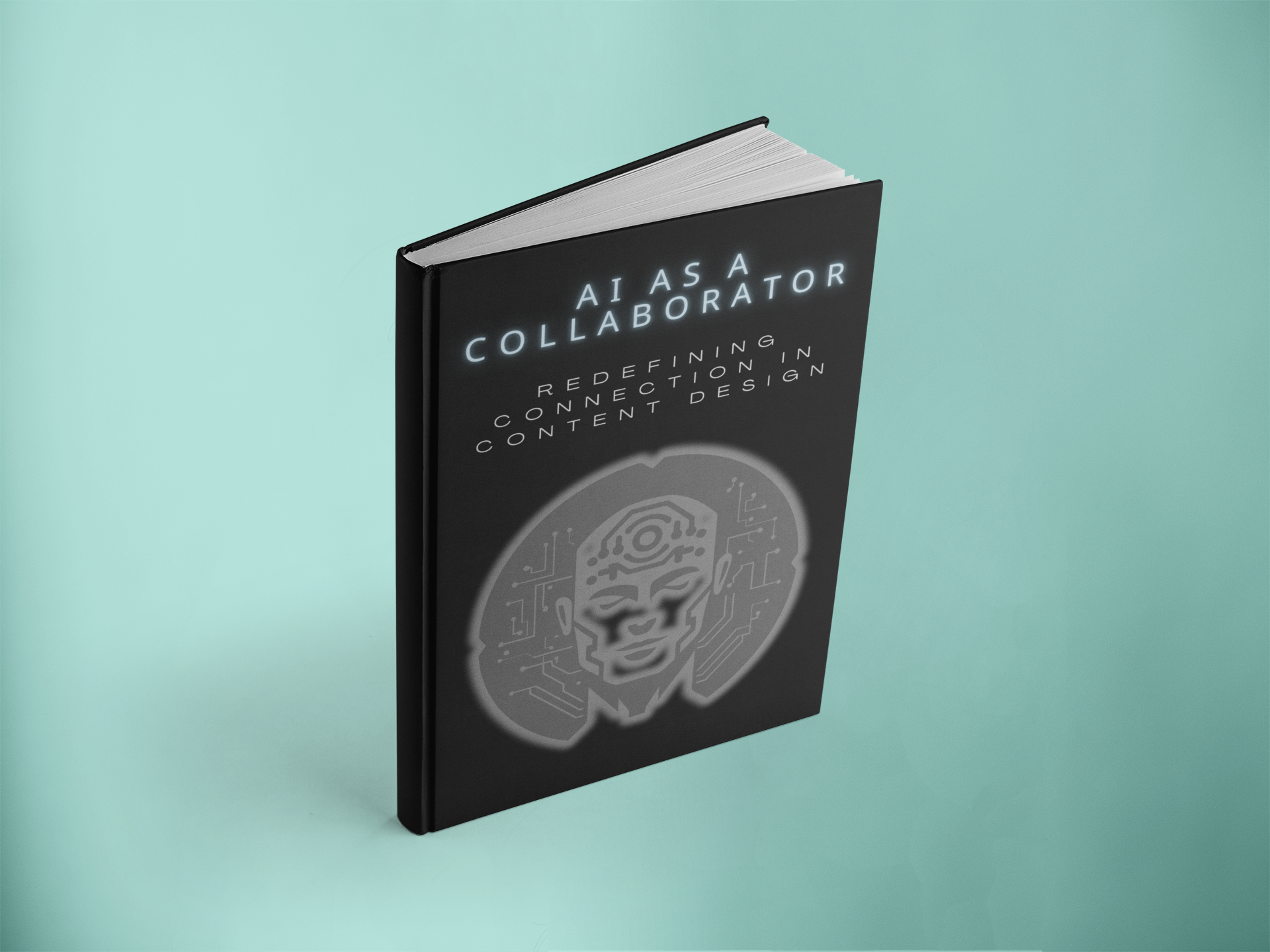
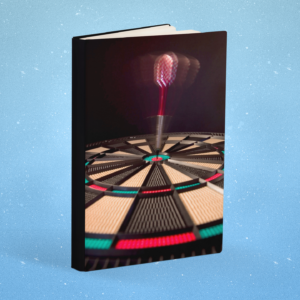
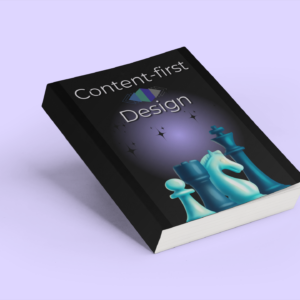
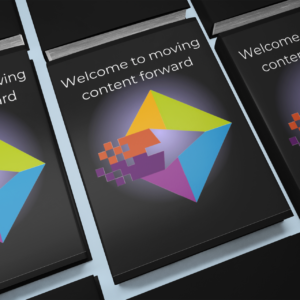
2 Responses
What’s up to all, the contents existing at this
website are genuinely amazing for people knowledge, well, keep up the good work fellows.
Thanks so much for the kind words! We truly appreciate you taking the time to engage with this conversation. The way AI is evolving in content design—and how we choose to integrate it—is something we’re all figuring out together. It’s exciting, sometimes a little unnerving, but undeniably shaping the future of how we create and connect.
If this topic resonates with you, we’d love to hear your thoughts. How do you see AI influencing collaboration in your own work (or even just in your daily experiences)? The more perspectives we bring into the conversation, the more we can collectively define what meaningful collaboration with AI really looks like.
Also, we’re hosting bi-weekly discussions on AI and content design—if you’re interested, we’d love to have you join in! And if you know others who’d find value in these ideas, feel free to spread the word. The more voices in this space, the richer the insights we can uncover together.
Looking forward to continuing the conversation—thanks again for stopping by!